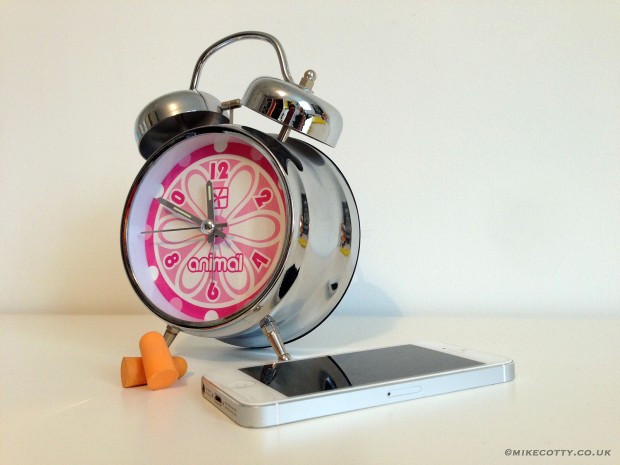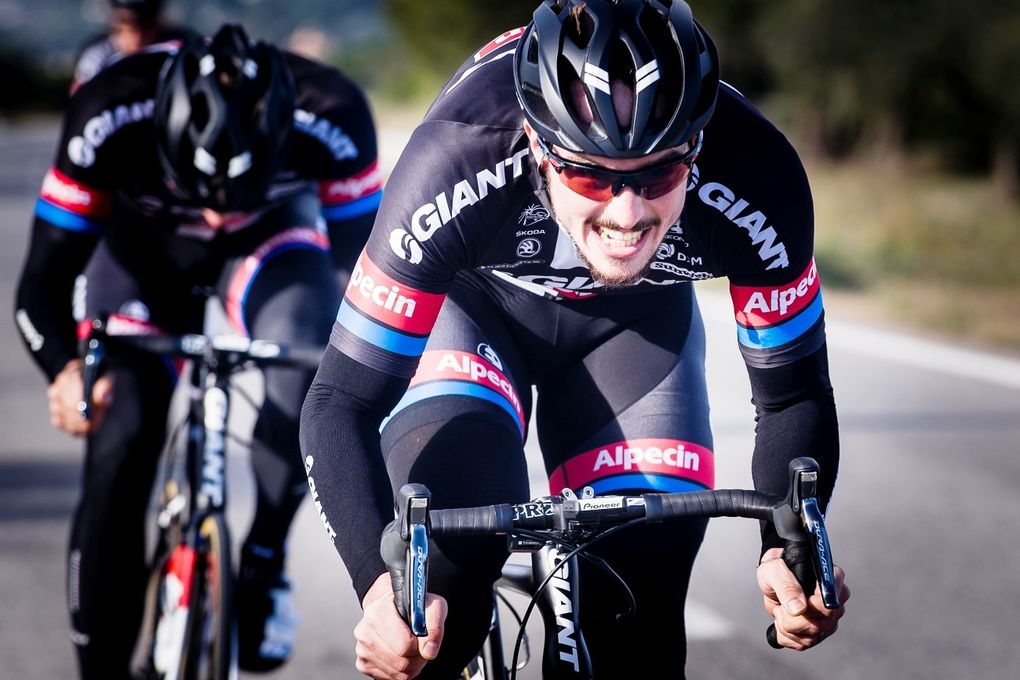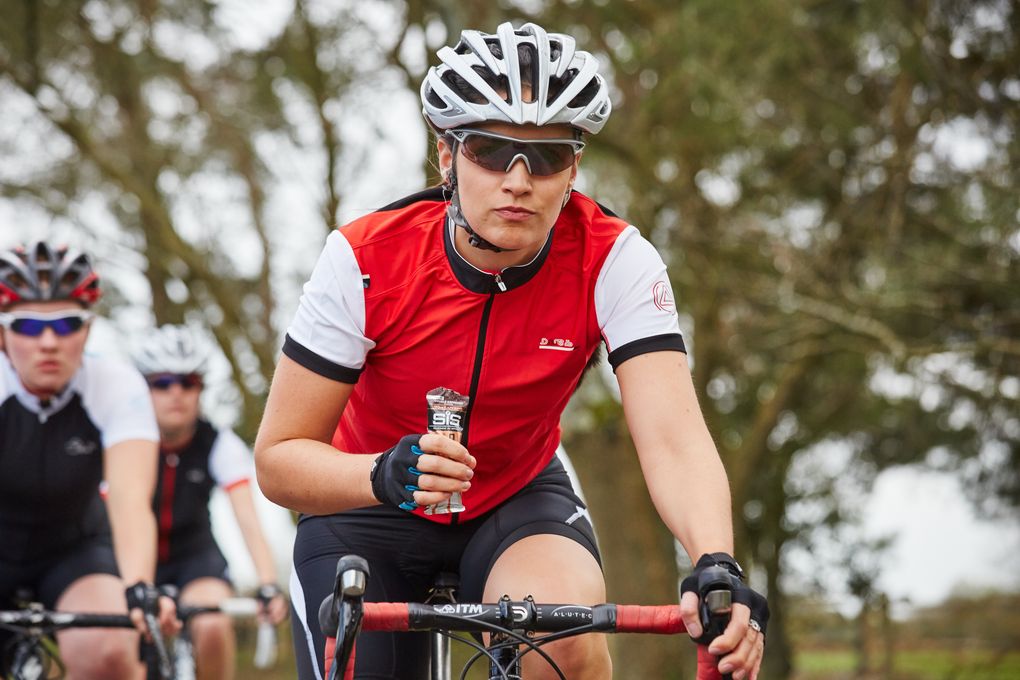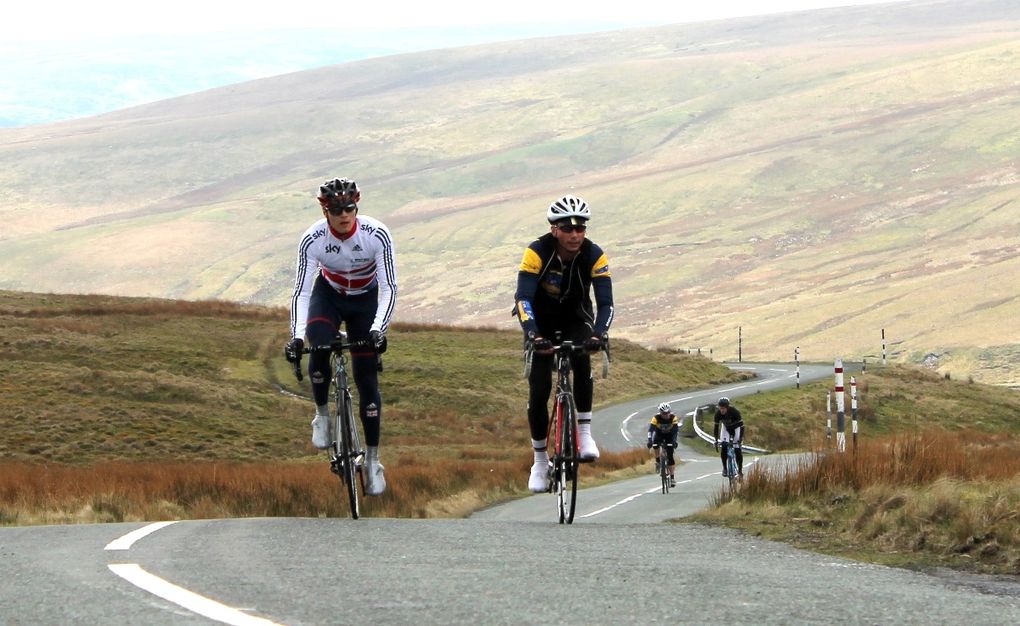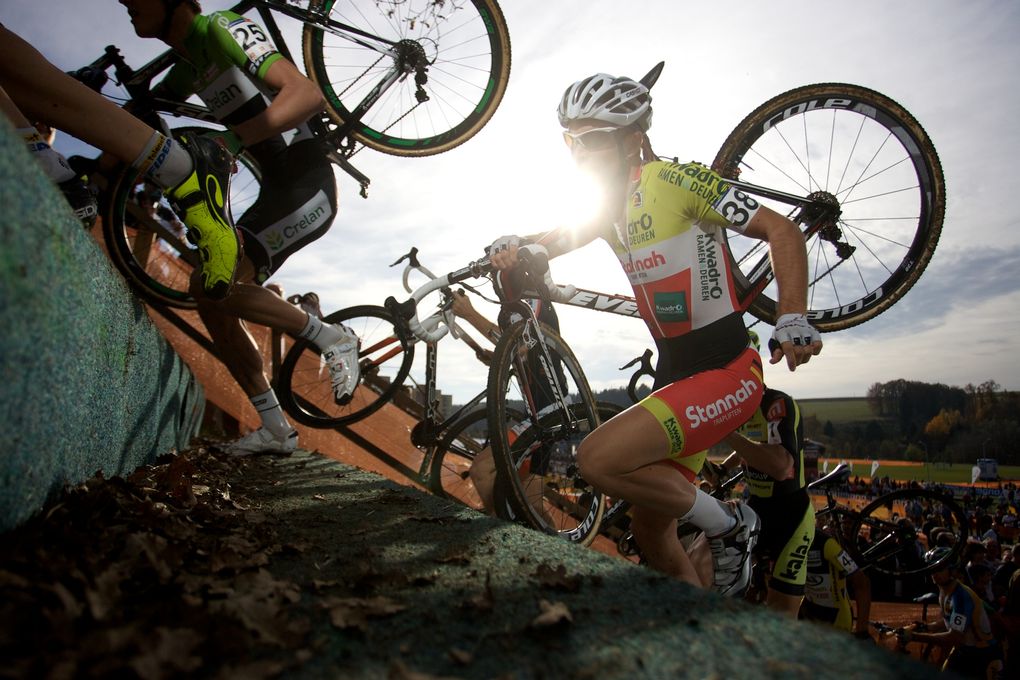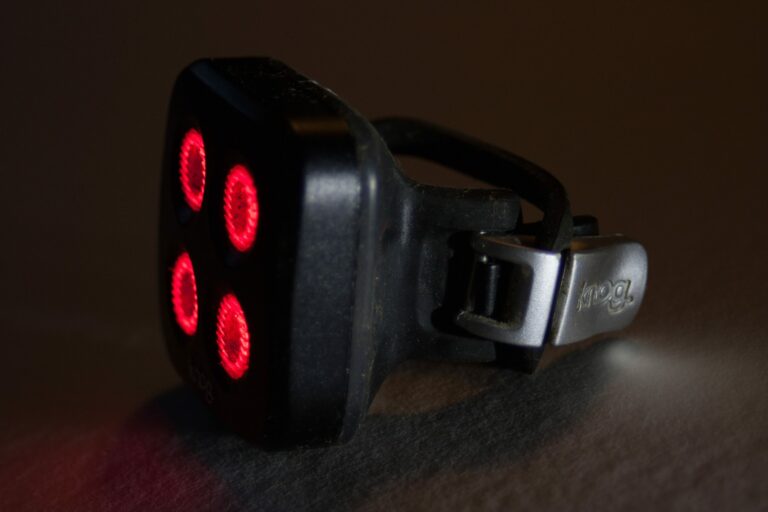Seeing a natural progression in your fitness as you train is one of the most satisfying experiences in cycling. At the start of the year you were being dropped on the group ride, but now it’s you dropping your buddies on the climb. However, just as you accumulate fitness over time, you can just as easily lose it if you have time off the bike.
[series align=”left”]
Perhaps it’s an injury which has stopped you from riding or you’ve just fallen out of the routine. Maybe commitments away from cycling have stopped you training. It’s also not uncommon at this time of year that, having had a well-earned rest after summer, you may have found you’ve had longer than expected off the bike.
When does detraining start?
We all know that if you train hard and allow sufficient recovery then your body will respond and adapt to that training, and you’ll get stronger and fitter. Well, unfortunately the reverse is also true.
Stop training for a prolonged period of time and you’ll start to lose those gains and your fitness will begin to gradually decline. This is the principle of reversibility; essentially, when it comes to fitness, you need to use it or lose it!
Detraining shouldn’t be confused with adequate recovery. As I’ve covered in detail before, recovery is a crucial part of any training plan, and without adequate recovery you will never give your body the chance to adapt to the training stress you’re putting on it. It’s during this recovery phase that your body rebuilds to become stronger and, without adequate recovery, your fitness will plateau as you will be too tired to make the most of the training you are doing.
Detraining is what occurs after the recovery process (and the length of this depends on the intensity of your training programme) has finished. If you continue to take time off the bike once you have fully recovered then you will start to move into the territory of detraining and will lose fitness, rather than gain it.
